When visiting temples or shrines in Japan, please remember that these are sacred places. Any behavior that shows disrespect — such as touching sacred objects, entering restricted areas, or making noise — can be seen as both culturally offensive and legally punishable under Japanese law (Article 188 of the Penal Code).
On August 30, 2025, I visited the summer “Sando Night Market” held at Tobe Shrine in Minami Ward, Nagoya. Here’s a look at what the night market is like, along with some photos.
Tobe Shrine is a historic site and the only shrine in Nagoya designated as an Important Cultural Property. It is loved by the local community, and many families visit, especially during Shichi-Go-San celebrations.
The shrine is about a 15-minute walk from Sakurahonmachi Station on the Sakura-dori Subway Line, or a 5-minute walk from Sakura Station on the Meitetsu Main Line. On Google Maps, the main hall of Tobe Shrine is located deep within the grounds.
The night market takes place along the path between the torii gate and the main hall. If you try to go directly to the main hall using Google Maps, you might end up on very narrow streets that can feel a bit tricky to navigate at night. A safer and easier way is to head toward the torii gate. You can use the small park marked “呼7どんぐりひろば” on Google Maps as a landmark. By following the larger streets toward this park, you’ll reach the torii gate without getting lost. From there, you can easily walk along the path to the night market.
I arrived around 7:00 PM, and as you can see in the photo above, a lively crowd had already gathered about 30 meters in front of the torii gate.
This popular local event attracts many families, making it a warm and welcoming atmosphere for visitors of all ages.
Near the shrine, a popular local coffee shop was serving hand-drip coffee.
A variety of alcoholic drinks were also available, and many people were walking around with a beer in hand. Everyone seemed to be having a great time.
The Megumi Candy Shop sells “Genkotsu Ame,” a type of soft candy shaped like a fist. According to my research, these additive-free candies are made in Ichinomiya City.
A staple of Japanese summer festivals is Ramune , a fizzy soda in a unique glass bottle sealed with a marble. Its fun bottle design and refreshing taste make it a favorite among kids and adults alike.
At the festival, I watched children learning how to open the Ramune bottles—a little challenge that adds to the excitement and nostalgia of the summer festival experience.
It looked like some stalls were selling Arimatsu-dyed textiles , a traditional Japanese fabric from the Arimatsu area of Nagoya, famous for its distinctive indigo blue patterns. Even from a distance, you could tell it was Arimatsu dyeing.
I wondered what this was, as children were playing with it. It didn’t seem to be the usual goldfish scooping game. I had never seen it before either.
Here’s a photo from the far end of the night market. You can see how many people came to enjoy the event.
It looked like a live performance stage. When I visited, they were still setting things up. I heard that one of Nagoya’s Important Cultural Properties, a traditional Edo-period festival float, would also be on display—probably somewhere around this area.
I wanted to see the float as well, but due to time constraints, I had to leave early. Next time, I definitely plan to adjust my schedule and see it.
Some visitors also took the opportunity to pray at the main hall while enjoying the night market. The summer “Sando Night Market” at Tobe Shrine had the charming atmosphere of a countryside summer festival. The children were full of life, and it reminded me of the Obon festivals in my grandparents’ town when I was a child.
From the bottom of my heart, I hope that this traditional Japanese atmosphere continues to be enjoyed for decades to come.
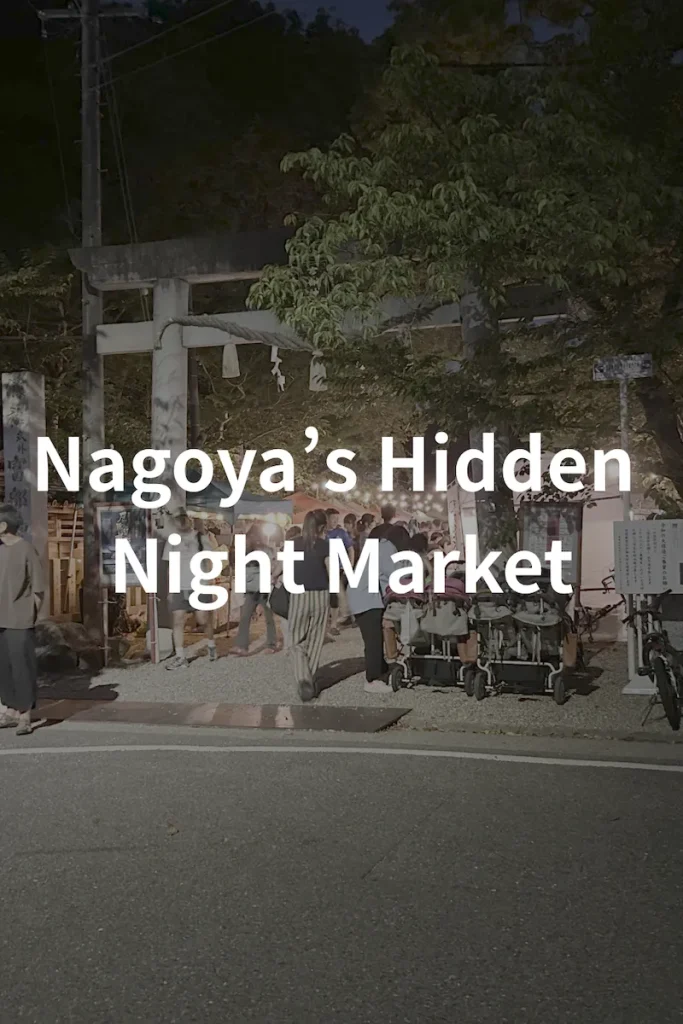


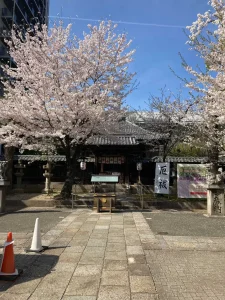

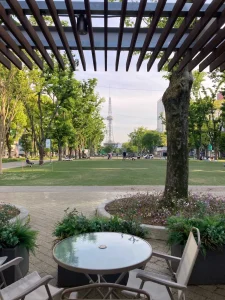

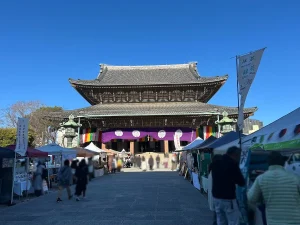

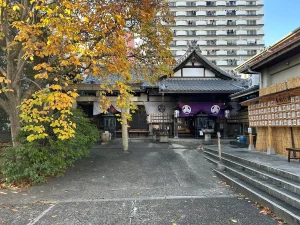

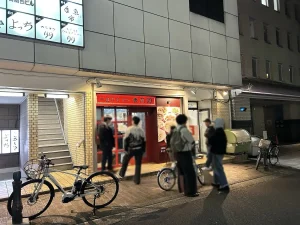

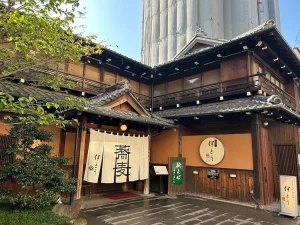

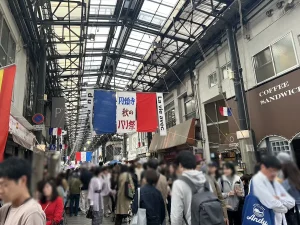

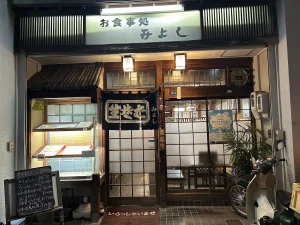

LEAVE A REPLY